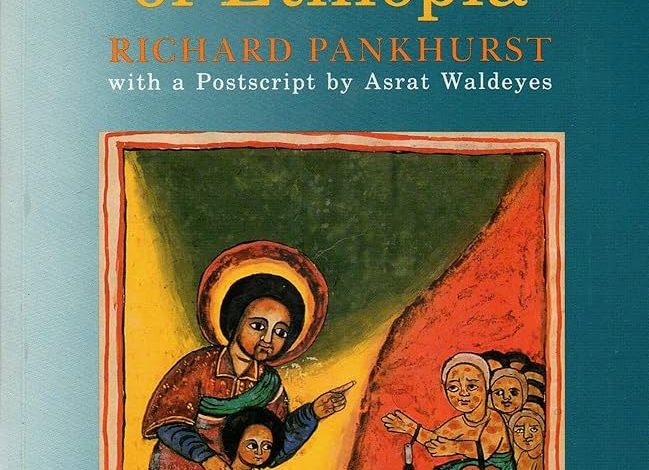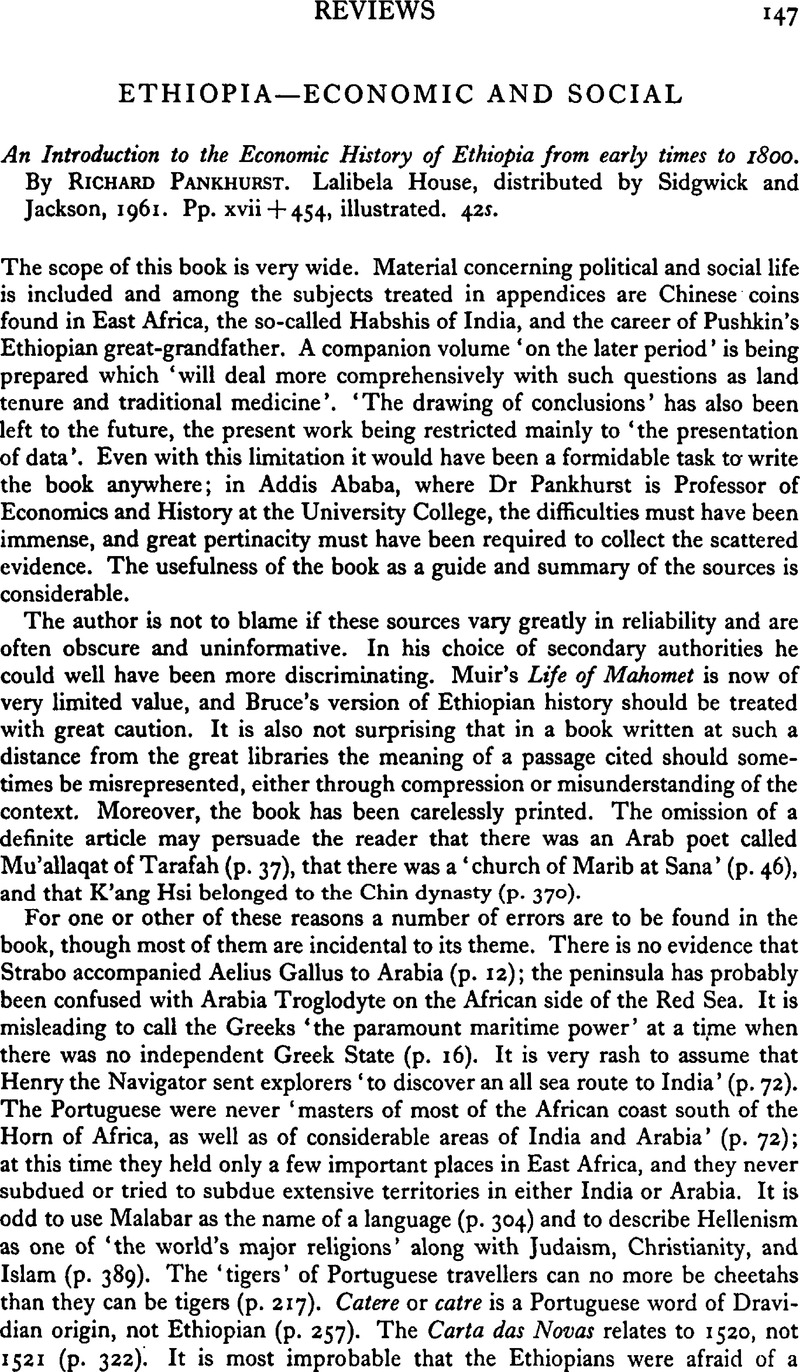Introduction And History of Ethiopia: Ancient Roots & Rich Culture

Introduction to Ethiopia
Ethiopia is a country located in East Africa. It is known for its ancient culture and rich history. Ethiopia is one of the oldest countries in the world. It has a population of over 114 million people.
The capital city of Ethiopia is Addis Ababa. The official language is Amharic. Ethiopia has many ethnic groups. The largest group is the Oromo, followed by the Amhara and Tigray. The country is famous for its coffee, which is a major export product.

Credit: www.amazon.com
Early History of Ethiopia
The Dawn Of Civilization
Ethiopia’s history dates back thousands of years. It is one of the places where humans first lived. The earliest evidence of human ancestors was found in Ethiopia. This includes the famous fossil named “Lucy.” Lucy is over 3 million years old.
Ethiopia is also mentioned in ancient texts. The Bible and the Quran both mention Ethiopia. It was known as the Kingdom of Aksum. This kingdom was powerful and influential.
The Aksumite Empire
The Aksumite Empire existed from around 100 AD to 940 AD. It was one of the great civilizations of the ancient world. The empire was known for its huge stone obelisks. These obelisks still stand today.
The Aksumite Empire was also a center of trade. It traded with India, China, and the Roman Empire. The people of Aksum used their own written language called Ge’ez. This script is still used in the Ethiopian Orthodox Church.
Medieval and Early Modern Period
The Zagwe Dynasty
After the fall of the Aksumite Empire, the Zagwe Dynasty rose to power. This dynasty lasted from the 10th to the 13th century. The Zagwe rulers are famous for building rock-hewn churches. The most famous of these churches is in Lalibela. These churches were carved out of solid rock and are still in use today.
The Solomonic Dynasty
The Solomonic Dynasty came after the Zagwe Dynasty. It claimed to be descended from King Solomon and the Queen of Sheba. This dynasty ruled Ethiopia for many centuries. They fought many battles to protect their land and culture.
Ethiopia successfully resisted colonization by European powers. It remained independent except for a brief period of Italian occupation from 1936 to 1941.

Credit: www.cambridge.org
Modern History of Ethiopia
Emperor Haile Selassie
One of the most famous Ethiopian leaders was Emperor Haile Selassie. He ruled from 1930 to 1974. He is known for modernizing Ethiopia. He also played a key role in the formation of the African Union.
Haile Selassie was overthrown in 1974. A communist government took over. This period was marked by conflict and hardship.
The Derg Regime
The communist government was called the Derg. It ruled from 1974 to 1991. The Derg regime was known for its harsh policies. Many people suffered during this time. There was a terrible famine in the 1980s.
Recent Developments
In 1991, the Derg regime was overthrown. Ethiopia then became a federal republic. The country has made progress since then. There have been improvements in education and healthcare.
Ethiopia is also known for its athletes. Ethiopian runners have won many international races. They are famous for their endurance and speed.
Cultural Heritage of Ethiopia
Ethiopia has a rich cultural heritage. It has many traditional music and dance forms. The country is also known for its festivals. One of the most famous festivals is Timkat. It celebrates the baptism of Jesus.
Ethiopian cuisine is unique and flavorful. A popular dish is called Injera. It is a type of flatbread. Another popular dish is Doro Wat, a spicy chicken stew.
The Ethiopian Orthodox Church plays a big role in the culture. This church has its own unique traditions and rituals. It has beautiful churches and monasteries.
Natural Beauty of Ethiopia
Ethiopia is known for its stunning landscapes. It has mountains, valleys, and rivers. One of the most famous natural sites is the Simien Mountains. These mountains are a UNESCO World Heritage site.
Ethiopia is also home to the Great Rift Valley. This valley is rich in biodiversity. It has many lakes, including Lake Tana. Lake Tana is the source of the Blue Nile River.
Another natural wonder is the Danakil Depression. It is one of the hottest places on Earth. The landscape is otherworldly with colorful mineral deposits.
Frequently Asked Questions
What Is The Origin Of Ethiopia’s Name?
Ethiopia’s name originates from the Greek word “Aethiopia,” meaning “land of the burned faces. “
Who Founded The Ethiopian Empire?
The Ethiopian Empire was founded by Emperor Menelik II in 1889.
When Did Ethiopia Adopt Christianity?
Ethiopia adopted Christianity in the 4th century AD, making it one of the earliest Christian nations.
What Is Ethiopia’s Ancient Script?
Ethiopia uses the Ge’ez script, an ancient writing system dating back to the 5th century BC.
Conclusion
Ethiopia is a country with a rich history and vibrant culture. It has made significant contributions to human civilization. The country continues to develop and grow. Ethiopia’s unique heritage makes it a fascinating place to learn about.




